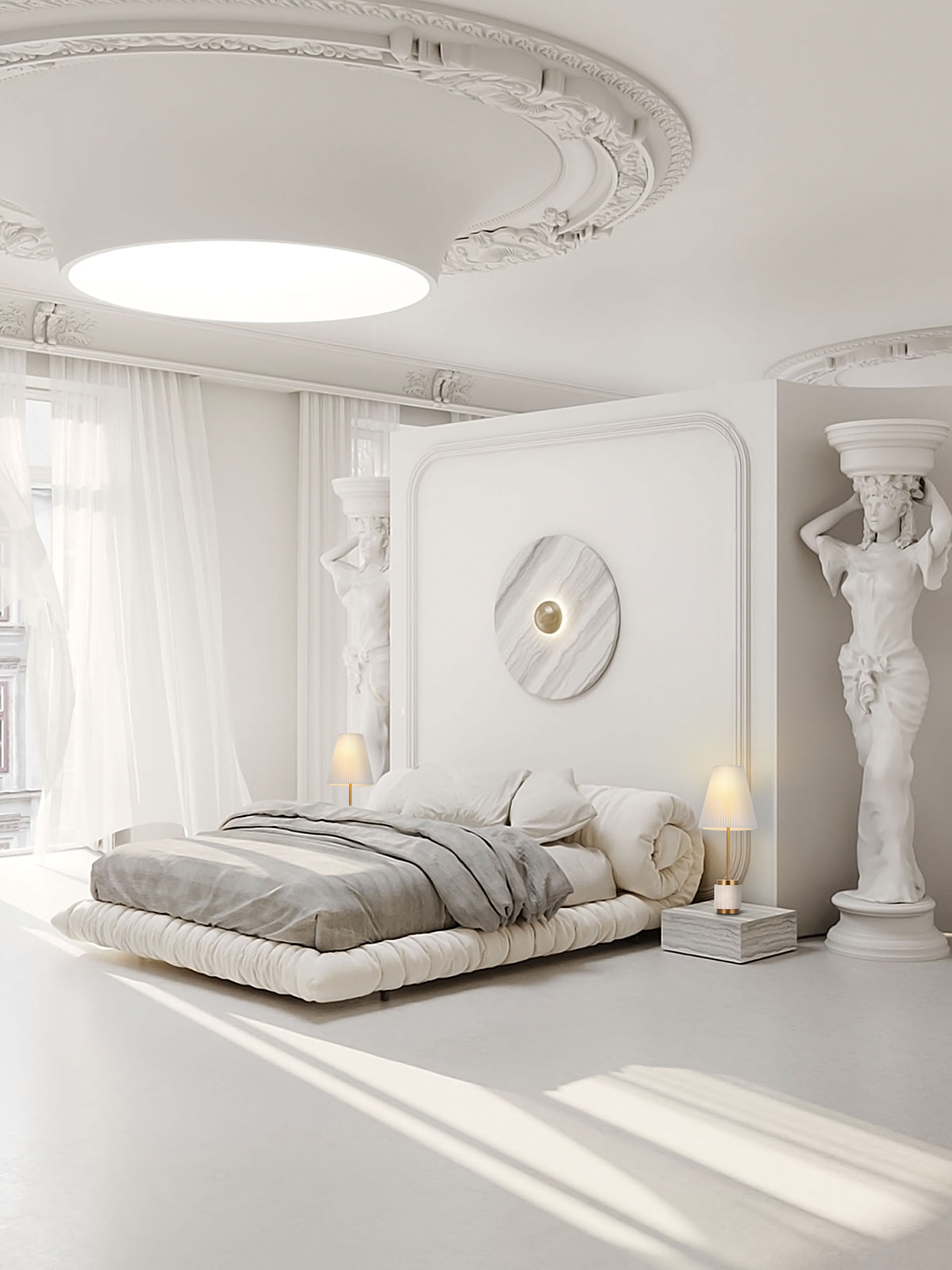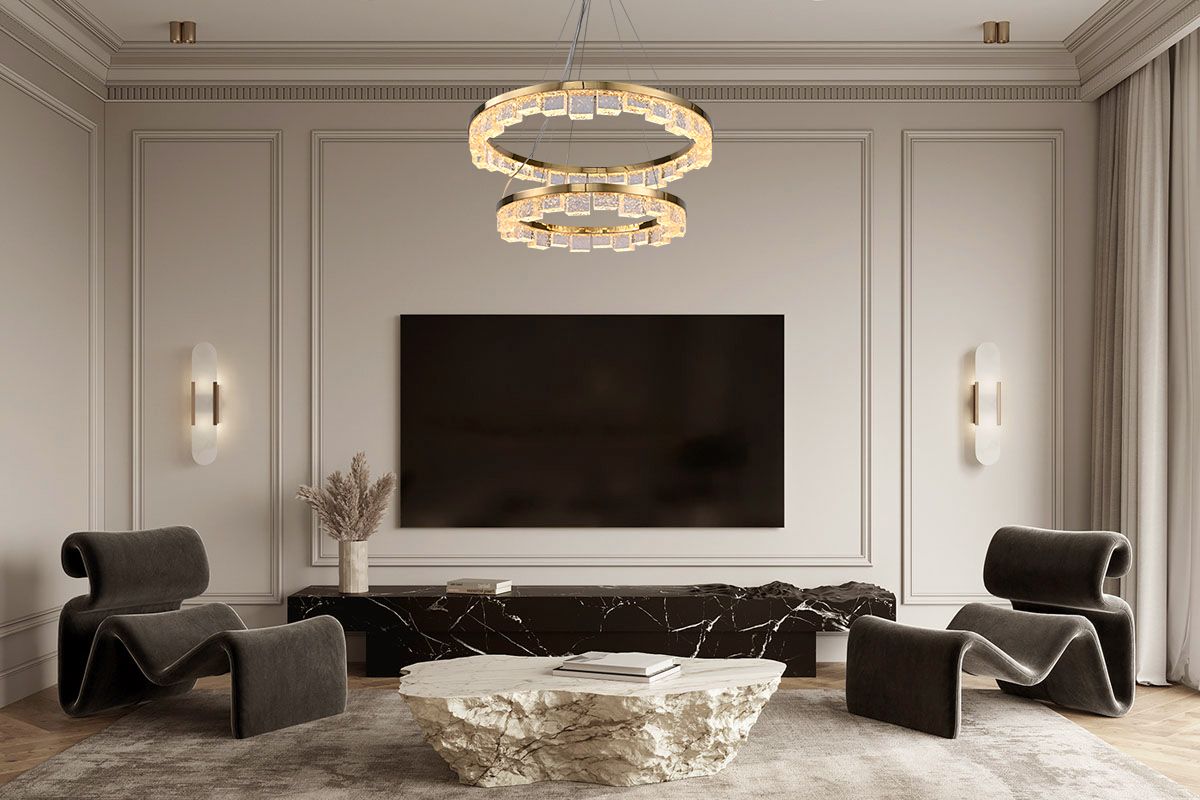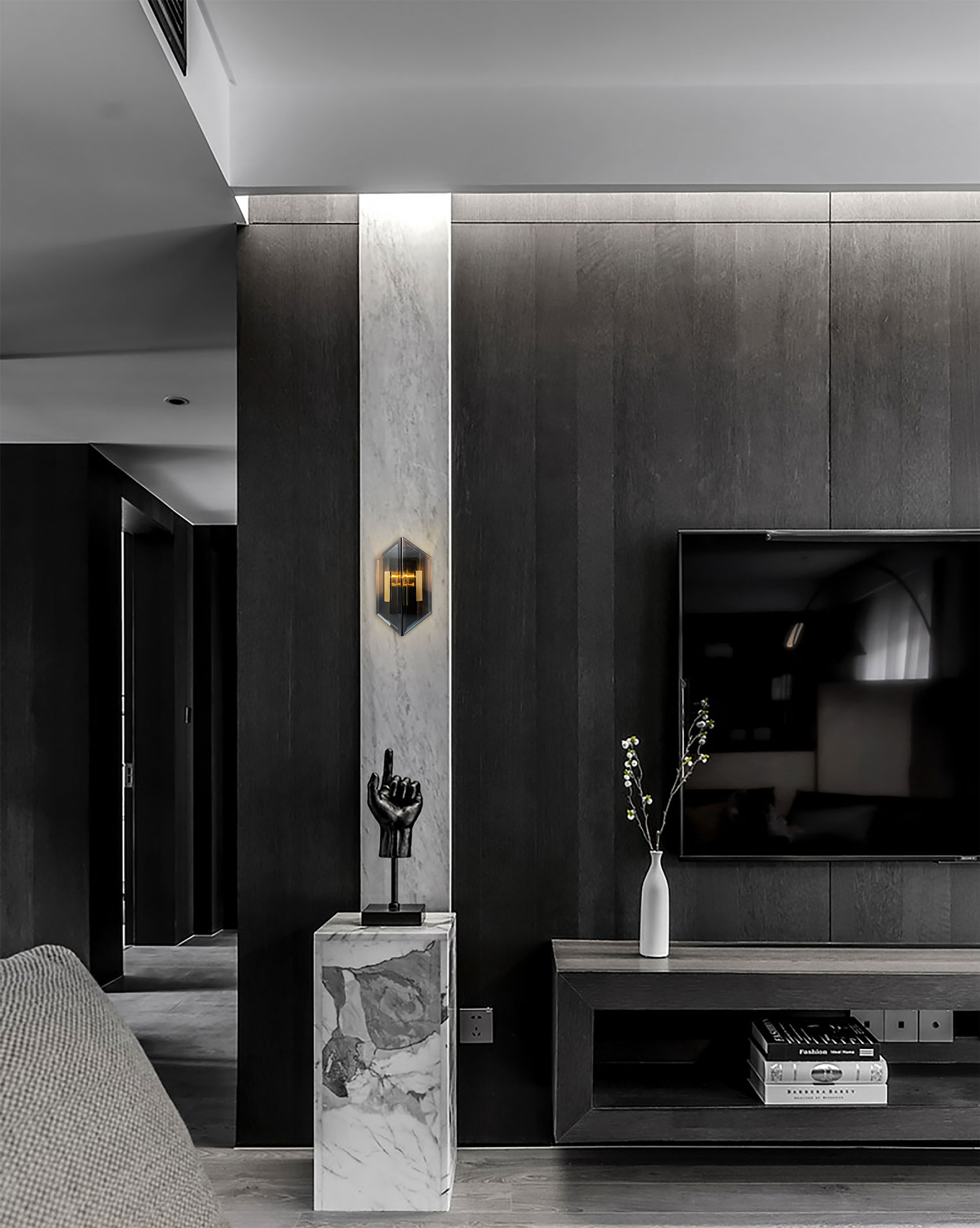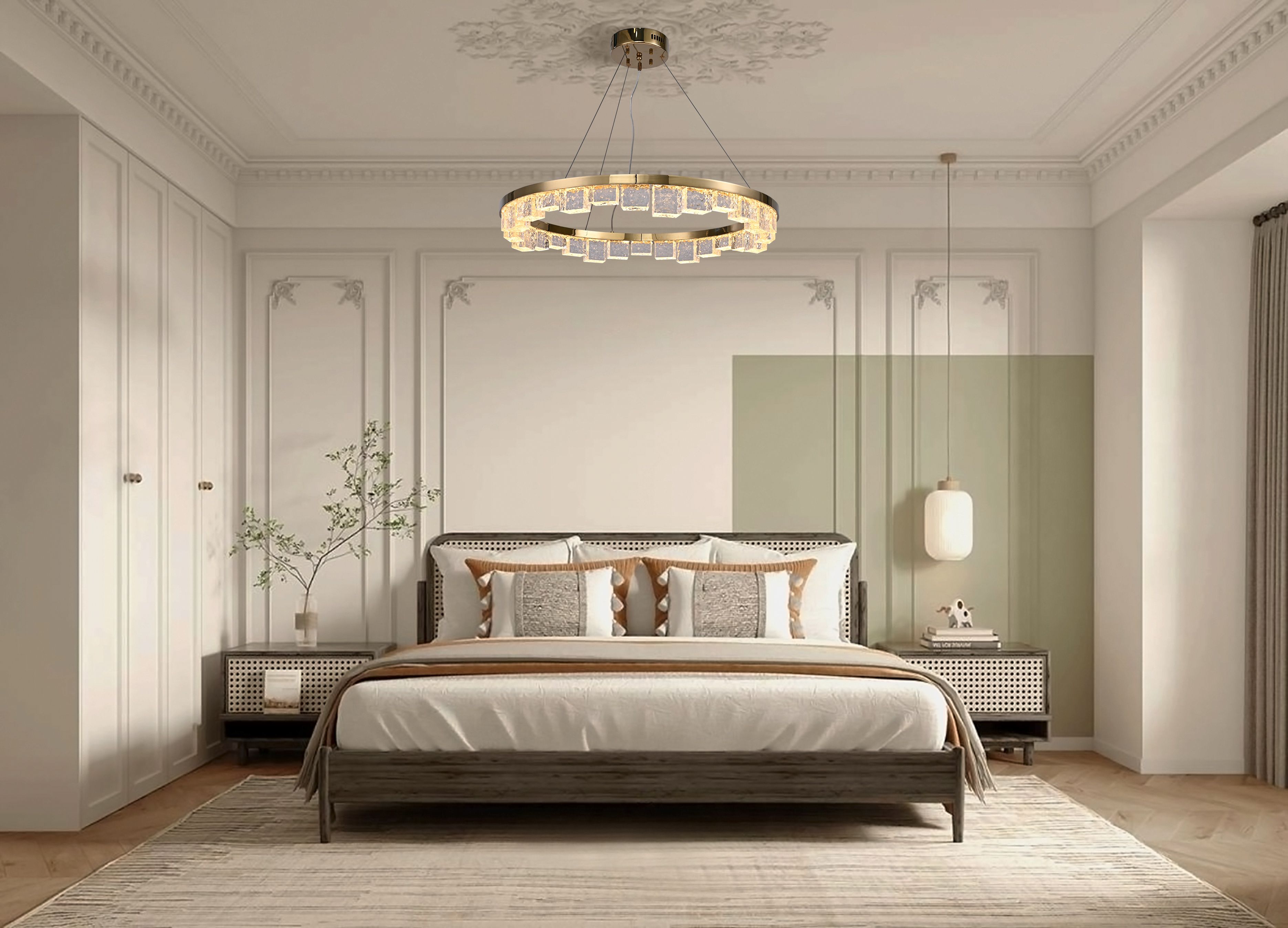How to Evaluate the Artistic Value of Lighting in Visual Arts
Understanding the Artistic Value of LightingLighting is an essential element in the realm of visual arts, influencing everything from photography and theatre to painting and cinematography. How to evaluate the artistic value of lighting involves examining its aesthetic impact, emotional resonance, and functional purpose within the artwork. In this article, we will delve into the various dimensions of lighting evaluation and provide you with practical methods to assess its artistic contributions effectively.The Role of Lighting in ArtBefore evaluating the artistic value of lighting, it's vital to understand its role in art. Lighting acts as a transformative tool that can define moods, emphasize elements, and create depth. Here are some core functions of lighting in visual arts: Setting the Mood: The quality of light can evoke specific feelings; soft lighting might induce calmness, while harsh lighting can conjure tension. Guiding the Viewer’s Eye: Artists often use lighting to draw attention to focal points, leading viewers through the visual narrative. Creating Texture and Depth: Variations in lighting can reveal textures and create a three-dimensional effect in two-dimensional mediums.Key Concepts in Lighting EvaluationEvaluating the artistic value of lighting requires an understanding of several key concepts:ConceptDescriptionIntensityThe brightness or dimness of the light affects the visibility and mood.Color TemperatureThe warmth or coolness of the light, influencing t...
How to Identify the Collection Value of Lighting?
Are you a lighting enthusiast or a collector looking to understand the true value of your lighting pieces? Identifying the collection value of lighting can be quite a daunting task, especially with the plethora of designs, brands, and historical significance inherent in various types of lighting. In this article, we will delve into the key factors that influence the collection value of lighting, how to assess these elements, and what resources can assist you in your valuation journey.Understanding the Factors that Influence Lighting Collection ValueWhen identifying the collection value of lighting, several critical factors must be taken into consideration. Each of these aspects plays an integral role in determining whether a lighting item is a treasured collectible or merely an everyday fixture. Here are some of the most significant factors:FactorDescription1. Brand and DesignerThe reputation of the manufacturer or designer can greatly influence value. Renowned brands such as Murano, Flos, or Louis Poulsen often command higher prices.2. AgeVintage and antique lighting pieces tend to have higher collectible value compared to newer products. Items from certain eras, such as the Art Deco or Mid-Century Modern periods, can be particularly sought after.3. Material and CraftsmanshipThe materials used in making the lighting fixture, such as crystal, brass, or ceramic, along with the overall craftsmanship, can profoundly impact its value.4. ConditionThe physical condition of the fixt...
How to Display the Decorative Effect of Lighting? A Comprehensive Guide
Introduction to Decorative LightingLighting plays an essential role in interior design, having the power to transform a space from ordinary to extraordinary. In this article, we will explore various methods on how to display the decorative effect of lighting effectively. Whether you’re designing your home, a business space, or an artistic project, understanding the nuances of lighting can elevate your environment significantly.Understanding the Basics of LightingBefore diving into decorative effects, it's crucial to grasp the fundamental types of lighting: Ambient Lighting: This is the general light that fills a room. It ensures visibility and provides overall illumination. Task Lighting: Task lighting is focused on specific areas for particular tasks, such as reading or cooking. It is usually brighter than other forms of lighting. Accent Lighting: Accent lighting highlights particular features or artworks in a space, creating a dramatic effect.How to Create Decorative Effects with Lighting1. Layering LightingOne effective method to display decorative lighting is through layering. Mix ambient, task, and accent lighting to create a balanced look. This method ensures that no area is overly dark or bright, allowing for a cohesive ambiance. Using a mix of different light sources can add depth and interest to your space.2. Incorporating Pendant Lights and ChandeliersPendant lights and chandeliers are not just functional but can also serve as stunning focal points. They co...
What are the Methods for Testing the Lighting Effect of Lighting?
Introduction to Lighting Effect TestingLighting plays a crucial role in various environments, from residential spaces to commercial venues. A well-lit area enhances aesthetics, productivity, and safety. However, how do professionals and enthusiasts alike gauge the effectiveness of lighting? This article explores the various methods for testing the lighting effect of lighting, offering insights into best practices, tools, and techniques.The Importance of Lighting Effect TestingTesting the lighting effect is essential for multiple reasons: Safety: Proper lighting minimizes the risk of accidents, especially in public and commercial spaces. Productivity: In workplaces, the right lighting fosters focus, efficiency, and well-being. Aesthetics: In residential and artistic contexts, lighting impacts the mood and visual appeal of spaces.Common Methods for Testing Lighting EffectsHere, we delve into several established methods for evaluating lighting effects effectively: 1. Visual AssessmentVisual assessment is a straightforward method where individuals evaluate lighting conditions based on their perception. It's essential for assessing the ambiance and emotional response a specific lighting arrangement provides. Factors to consider include: Brightness and intensity Color rendering and temperature Shadow depth and distribution2. Using Lux MetersLux meters measure light intensity in lux (lx), providing quantitative data. These instruments are essential for ensuring adequate lighti...
Effective Methods for Adjusting Lighting: A Comprehensive Guide
Understanding the Importance of Lighting AdjustmentProper lighting is crucial in setting the mood and function of any space. Whether you're designing an office for productivity, creating a cozy ambiance in your home, or providing adequate illumination for a retail environment, knowing what are the methods for adjusting the light of lighting can significantly enhance the overall atmosphere. This article delves into various methods and techniques to effectively adjust lighting, ensuring it meets your specific needs.The Basics of Lighting AdjustmentLighting adjustment can be approached through several methods, each providing unique benefits. Understanding each method will enable you to create a comfortable and efficient lighting environment.1. Dimmer SwitchesOne of the most common methods for adjusting lighting in a space is the installation of dimmer switches. These devices allow users to control the brightness of their lights effortlessly. By simply rotating a dial or sliding a lever, you can increase or decrease the intensity of light, which can help in:Creating a mood for relaxation or gatheringsEnhancing focus during work hoursExtending the lifespan of bulbs by reducing their brightness2. Smart Lighting SystemsThe advent of technology has brought about smart lighting solutions. These systems allow for adjustments via smartphone apps or voice commands. Popular options include:Smart bulbs that change color and brightnessIntegrated systems with timers to adjust lighting automa...
How to Interpret the Light Distribution Diagram of Lighting?
Understanding Light Distribution DiagramsIn the world of lighting design, understanding how to interpret light distribution diagrams is crucial for achieving optimal illumination. This article delves into the fundamentals of light distribution diagrams, guiding you through their interpretation and application in various settings.What is a Light Distribution Diagram?A light distribution diagram is a visual representation that shows how light emitted from a lighting fixture is distributed over a particular area. Understanding this diagram helps designers and architects select the right lighting for their projects, ensuring that spaces are adequately illuminated while avoiding glare and shadows.Components of a Light Distribution DiagramLight distribution diagrams typically include several essential components:The Polar Diagram: This is a graphical representation of light intensity at various angles. It is often displayed as a series of concentric circles, where each circle represents light output in a particular direction.The Isolines: These lines connect points of equal light intensity and are useful in determining how the light falls off over distance.Footcandles or Lux Values: These units measure the intensity of light falling on a surface, which is critical for ensuring that spaces meet recommended lighting standards.How to Read a Light Distribution DiagramInterpreting a light distribution diagram can be straightforward with the right approach. Here’s how to do it:Step 1: Id...
How to Achieve the Soft Light Effect of Lighting?
Understanding Soft Light in Photography and DesignLighting plays a crucial role in photography, videography, and interior design. One of the most desired lighting effects is the soft light effect. Whether you're a professional photographer, a videographer, or an interior design enthusiast, understanding how to achieve this effect can transform your work. In this article, we'll explore various techniques to create soft light and the tools you can use.What is Soft Light?Soft light is characterized by its diffused and gentle appearance, minimizing harsh shadows and giving a flattering look to subjects. This type of lighting is often preferred in portraits and product photography, as it creates a more appealing visual outcome. Why Use Soft Light?Soft light can be advantageous for several reasons: Flattering for subjects: It minimizes imperfections and reduces the visibility of blemishes. Creates mood: Soft light can evoke emotions and create a calm atmosphere. Versatile: It can be used in various styles of photography and design settings.How to Achieve the Soft Light Effect?Achieving soft light may require some specific tools and techniques. Here’s a breakdown of effective methods:1. Utilize Light ModifiersLight modifiers are essential tools for controlling light quality. They can help diffuse and soften the light effectively. Some commonly used light modifiers include:Type of ModifierDescriptionSoftboxA box that diffuses the light, creating a soft and even illumination.Umb...






